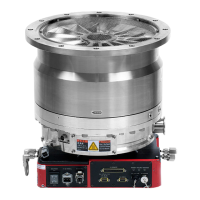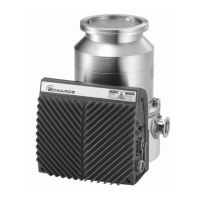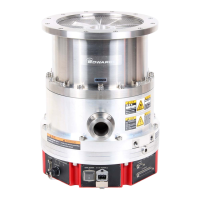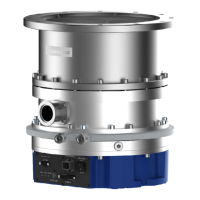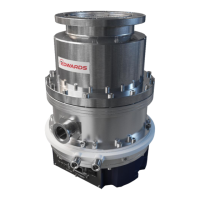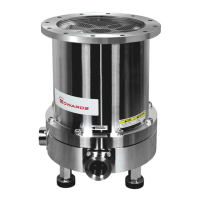3.2 Unpacking
3.2.1 Unpacking the STP pump
Check no damage on the outer package and no difference between the things delivered and the
purchase order. If the STP pump is damaged, contact Edwards or their distributor.
Note: Keeping the packaging materials, such as the corrugated fiberboard container and
cushioning material for possible reuse, is recommended.
WARNING
The STP pumps are heavy products. When lifting the STP pump, obey national
laws/regulations, safety standards, and manufacturers' instructions.
Lifting devices must be used when lifting or moving the STP pump.
The STP pumps are heavy products (Refer to Section 2, "TECHNICAL DATA" for the mass of the
STP pump). Therefore, use a crane or other appropriate means to withstand the load when lifting the
STP pump of 18 kg or more.
Lift the STP pump with eyebolts, eye nuts, or a similar tool attached to the holes for the inlet port
flange. When lifting the pump, use 2 or more ropes. (see Figure 12)
A crane, eyebolts, and eye nuts to lift the STP pump must withstand a load of five times or more the
weight of the STP pump and rope must withstand a load of seven times or more. Use eyebolts or eye
nuts that adapt to ISO 3266.
Lift the STP pump in stable places that are free of excessive shock or vibration to prevent it from
shaking or dropping.
Be careful not to scratch the flange of the STP pump. Before installing the STP pump, check that
there are no scratches on the surface.

